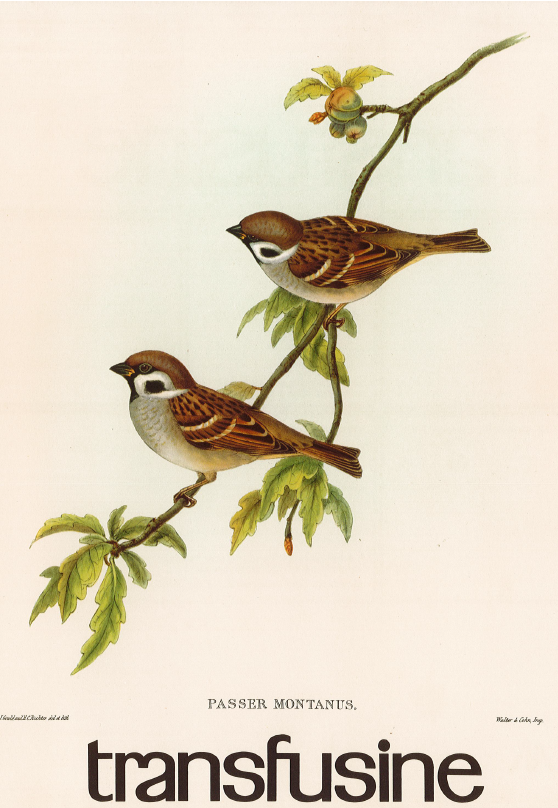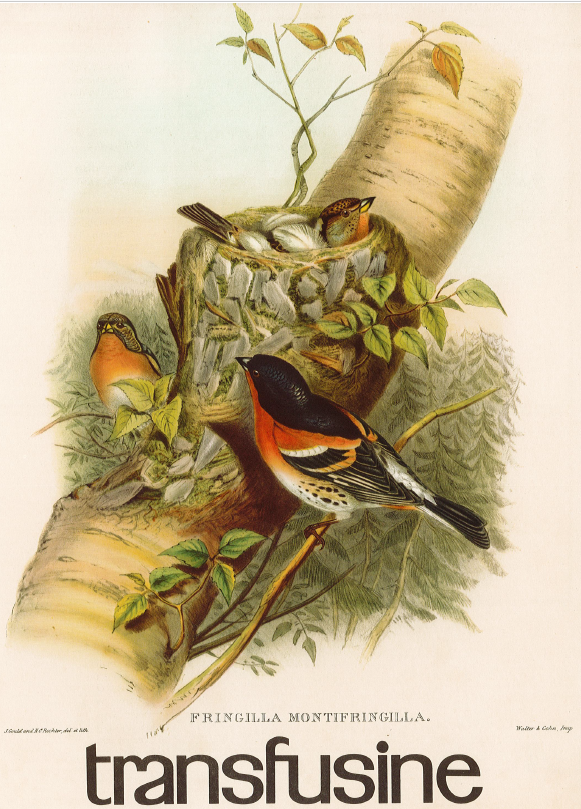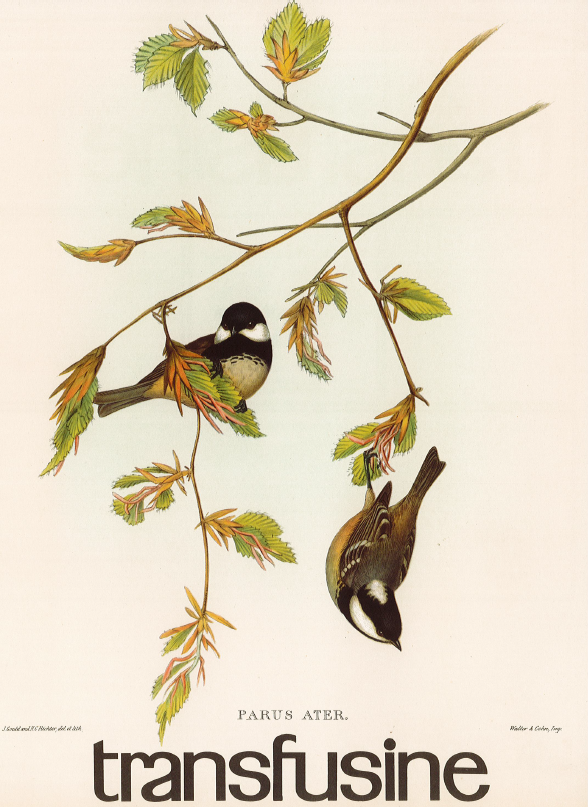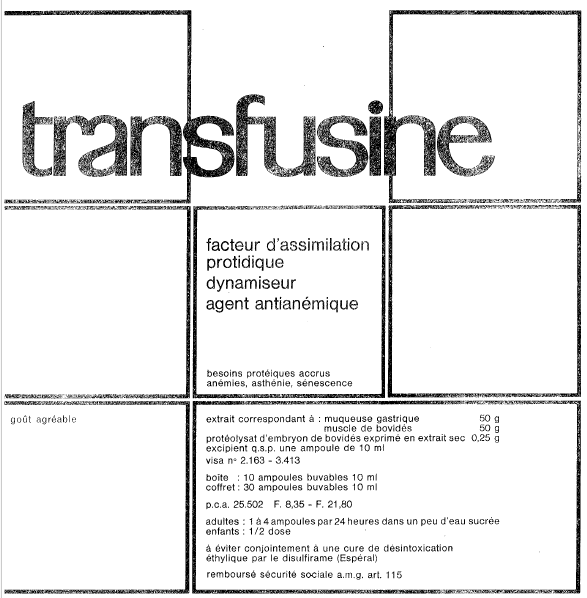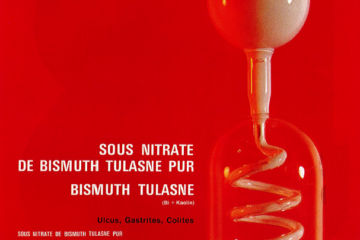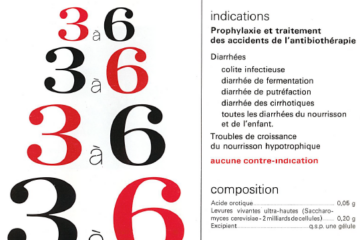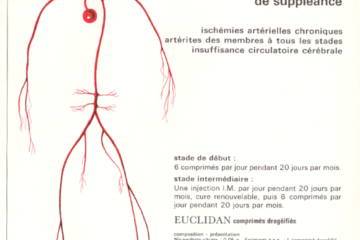Transfusine® was a complex, multi-ingredient preparation made from animal source. This oral drug contained a gastric mucosa extract, a bovine muscle extract and a bovine embryonal extract. The drug was developed and commercialized in the early 1960s, until the late 1980s. Transfusine liquid solutions (drinkable solutions in 10-ml glass ampules) was essentially prescribed to treat anemia and senescence, and mainly for the symptomathic treatment of functional asthenia.
The use of extracts of animal endocrine glands (opotherapy in French or organotherapy in English) was developed in the early 1960. According to the Pediatric Endocrine Society (PES), the expression opotherapy was coined in 1898 by the French neurologist Louis Théophile Joseph Landouzy (1845-1917) to designate a substance administered in the form of an extract to replace absent or insufficient hormone production with organic substances that serve the same purpose. It started notably with the use of thyroid extracts to treat thyroid deficiency. Different forms of endocrinal (substitutive) opotherapy were developed in the early 1900s, according to the principle of similars (“similia similibus curantur” which is also a basic principle of homoeopathic medicine).
The use of cell, tissue, or organ extracts from animal source was common in the 1960s. Nowadays, such preparations are banned because of the risk of infection with viruses of animal origin (cf the bovine spongiform encephalopathy (BSE), or “mad cow disease” and variant Creutzfeldt-Jakob Disease).
There is a dozen of pharmaceutical advertising for Transfusine, all showing birds. Three are shown here.
